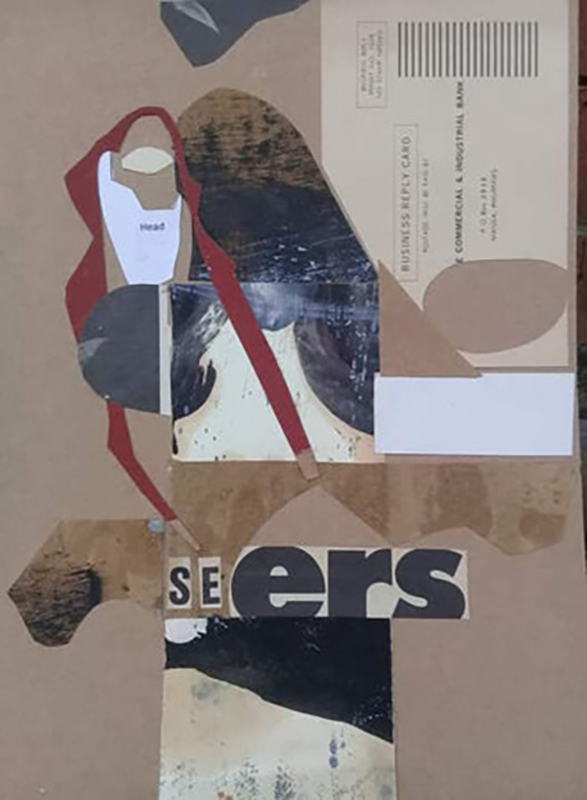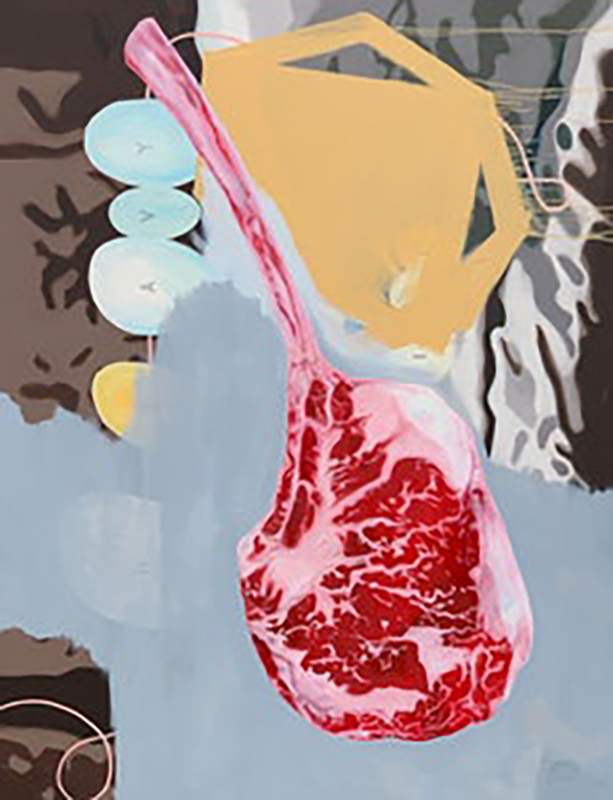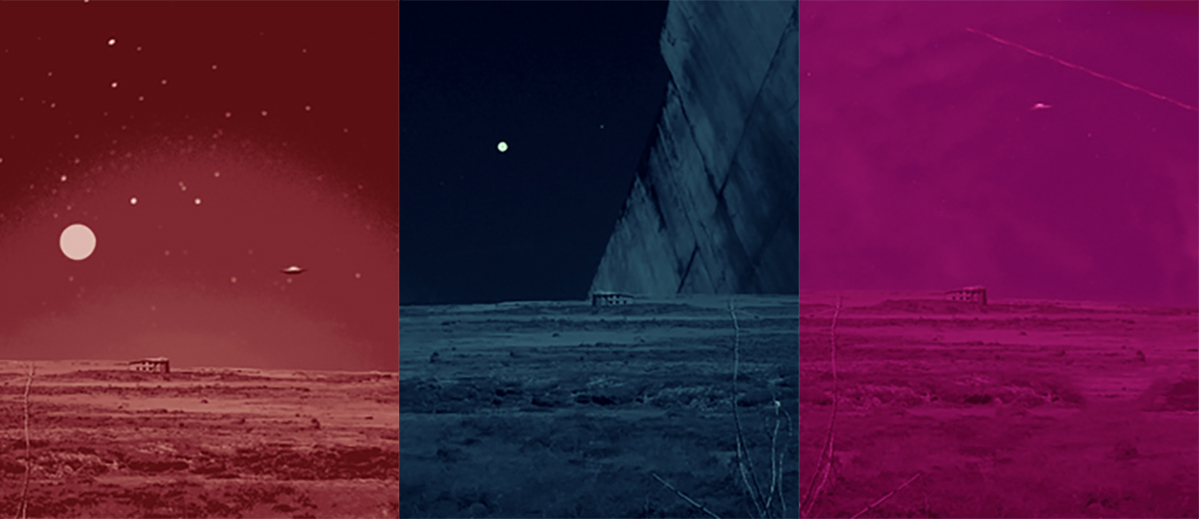When the pandemic hit, the art world wasn’t far behind. Shows and events fell like dominoes before a full halt. Shelter-orders took place worldwide, Internet use no doubt spiked, and, with the initial online exhibits that emerged shortly after, it didn’t take much for the virtual viewer and host to realize the importance of proper UX/UI design.
In other words, a bundle of JPEGS slapped together with a title doesn’t make for a gripping art show. The same goes for some mock-ups and 3D visualizations of physical space. The clunky, disembodied camera pans, pixelated backdrops, the slapdash lighting—they just don’t do the trick the same way they did in 2004. Not all online exhibition platforms are given short shrift, but it’s happened enough to seem like the virtual experience isn’t top priority (if it’s something many can even afford). This, amid everything else, has made it easier lately to accept the physical and financial realities COVID-19 already makes plain to see, and without many alternatives.
But that’s not all art can do, and it’s not all digital space can do, and it’s sentiments like these that give Modeka’s online multi-sensory platform, “Experiences,” a tantalizing charge of necessity. Premiering with Horizons of Inevitability, launched last April 23, 2020, abound is the creative gusto to scour, improvise, and map a fluid space for art, under the extraordinary circumstances of the time we’re in and, also, at a remove from it. Like the best of them. It’s about the need to adapt.
Upon entering the online space, prickling sounds of omen surround the ears through Jon Romero and Stanley Ruiz’s opening theme, “The Bridge of Skonto Jam.” As the music fades into a steady rumble, the exhibition page doesn’t open up to any images. Instead, the artworks by Ak Ocol, Argie Bandoy, Buboy Cañafranca, Galaxie Maria, Jayson Oliveria, Jed Escueta, MM Yu, Robert Langenegger, Romeo Lee, The Weather Bureau, and Vic Balanon, are curios hidden behind hyperlinked words and phrases in curator Lena Cobangbang’s exhibition note. You can’t exactly look at the art without reading the text, and vice versa; by looking at one thing, you connect to all of it.
Clicking the word “adversary,” referring to the coronavirus, pops open a window of Robert Langenegger’s “Bulalo Soldier.” Clicking “beyond” gives you an image of Jayson Oliveria’s “Batman.” Click “space and time collapse” and view AK Ocol’s gameplay footage of “User, Am I Free of this Body?” The artworks enrich the text as much as they disrupt it, and to whatever extent the mind leads. Because of the text chains, the linguistic reception becomes entangled in swoop with the larger process of subtexts and meaning-making. In the curator’s note, “Here they exist purely as image, as language itself, as ideas in themselves, that birth webs of other trajectories of ideas.” The outcome is rare, engaging fun. It’s play. For an exclusively online experience, it just plain understands how wonderfully erratic the mind can get. What else should the Internet be for?
Part of the proceeds of the exhibit will go to the Art for Life fundraiser to provide medical equipment and PPEs to health care workers at the frontlines of the pandemic. For inquiries, contact info@modeka.space. F
Anchor photo: Ak Ocol. "Data Landscape 3, Non-space." Panoramic glitch, graphite. 24.9 x 35.7 cm. 2019.



